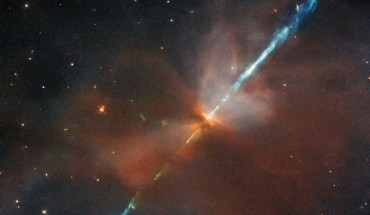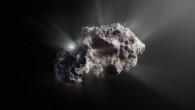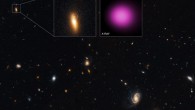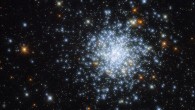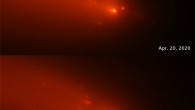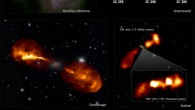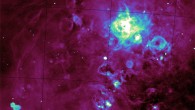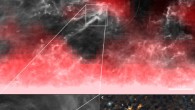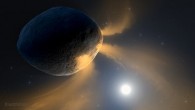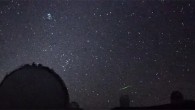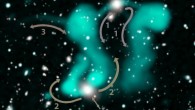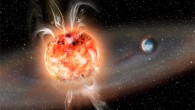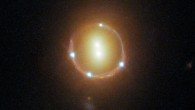Astronomers using the NASA/ESA Hubble Space Telescope have imaged HH 111, one of the most well-known Herbig-Haro objects. This Hubble image shows a Herbig-Haro object labeled HH 111. Image credit: NASA / ESA / Hubble / B. Nisini. HH 111 is located approximately 1,360 light-years (417 parsecs) in the constellation of Orion. The object is deeply embedded in a cometary molecular cloud called L1617. At the center of HH 111, there are two sources, VLA...

